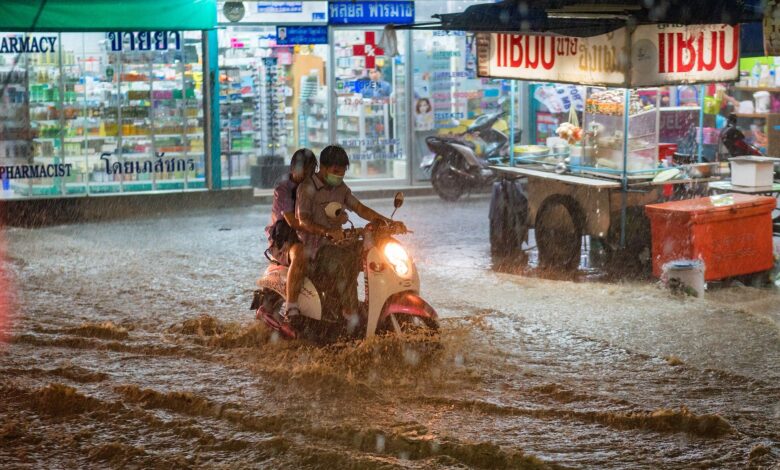Even weak tropical cyclones raise infant mortality in poorer countries, finds research

Tropical cyclones, even those below hurricane or typhoon strength, have been linked to a significant increase in infant mortality rates in low- and middle-income countries over the past two decades. This alarming trend was revealed in a recent study published in Science Advances, highlighting the urgent need for improved disaster response and child health protection measures in vulnerable regions. With climate change leading to more frequent and severe storms, the findings underscore the importance of addressing this critical issue.
According to the research, infants exposed to tropical cyclones either before birth or during their first year of life faced a heightened risk of mortality. On average, infant mortality rates rose by 11% above baseline levels, translating to 4.4 additional deaths per 1,000 live births. The impact was most pronounced in the first year following a storm and did not persist beyond two years post-event.
Interestingly, the study found that the increased mortality rates could not be attributed to factors like reduced access to prenatal care or worsening nutrition, commonly associated with natural disasters. Lead author Zachary Wagner, an associate professor of economics at USC Dornsife College of Letters, Arts and Sciences, emphasized the need for further research to uncover the primary drivers behind these tragic outcomes.
The research team, which included experts from RAND Corporation, Stanford University, Johns Hopkins University, and UCLouvain in Belgium, analyzed data from seven economically disadvantaged countries. While the overall increase in infant mortality was 11% across these nations, the impact of tropical cyclones varied significantly from country to country. Countries like Bangladesh, Haiti, and the Dominican Republic experienced more than 10 additional infant deaths per 1,000 births following cyclones, while others saw minimal to no increase in mortality.
Factors contributing to these disparities could include differences in disaster preparedness, geographic vulnerability, housing infrastructure, and underlying public health conditions. Understanding these nuances will be crucial in developing targeted interventions to protect vulnerable populations, especially children, from the escalating threats posed by climate-related disasters.
The study underscores the need for global cooperation and coordinated efforts to mitigate the adverse effects of tropical cyclones on infant mortality rates. As the planet continues to warm, the risk of such tragedies looms large, particularly in the most impoverished regions. By addressing the root causes of these disparities and implementing robust disaster response strategies, we can work towards safeguarding the most vulnerable members of our society from the devastating impacts of climate change-induced disasters.




